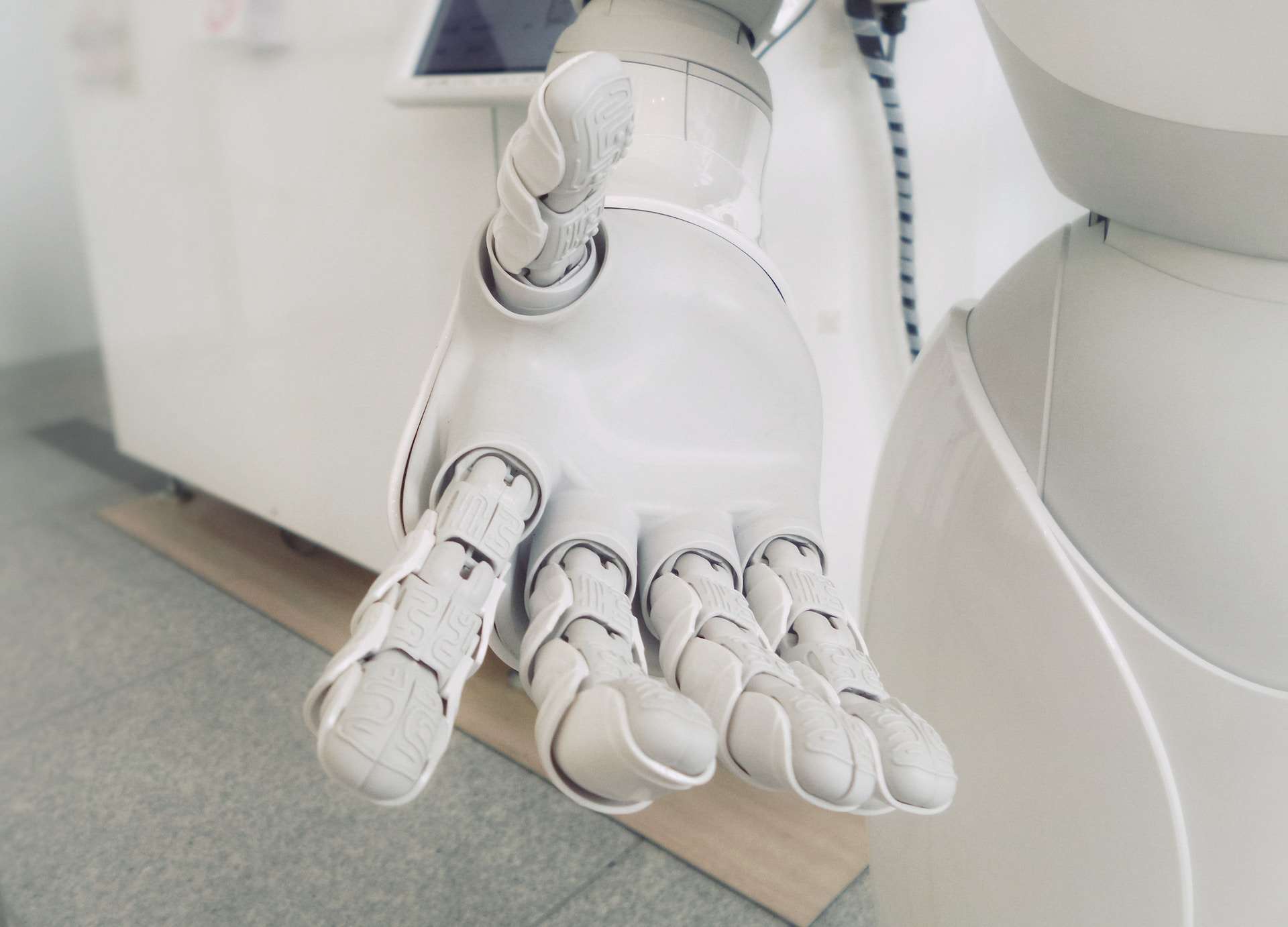Introduction
The replication of human intelligence functions by machines, particularly computer systems, is known as artificial intelligence. Expert systems, natural language processing, speech recognition, and machine vision are some examples of specific AI applications. You can share your views at the Artificial Intelligence write For Us category.
Types of AI
Types are-
Reactive machines
Reactive machines are AI systems that are task-specific, lack memory, and always provide the same result from an input. The fact that machine learning models employ client data, like purchase or search history, to present recommendations to the same customers, makes them reactive machines. AI of this kind is reactive. It uses "super" AI because a typical person could not analyse a customer's entire Netflix history and provide them with personalised recommendations. Reactive AI is often dependable and effective in technologies like self-driving automobiles. If it hasn't been given the right knowledge, it won't be able to anticipate what will happen in the future.
Limited memory
Limited memory AI is the following sort of AI in its evolution. This algorithm mimics how the neurons in our brains communicate, so as it is trained on more data, it becomes more intelligent. Image recognition and other forms of reinforcement learning are enhanced by deep learning. Unlike reactive computers, limited memory AI may look into the past and track particular objects or situations across time. The AI is then programmed with these insights so that it may behave based on both historical and real-time data. However, because of the AI's limited memory, this information isn't preserved as experience for it to learn from, the way humans might interpret their successes and mistakes.
Theory of mind
Reactive machines and restricted memory are examples of the first two types of AI that are already in use. Future AI systems will be able to think and be aware of themselves. There aren't any instances from the real world yet, therefore. If theory of mind AI is developed, it may be able to comprehend the world and how other things think and feel. This therefore has an impact on how they act in front of other people. Human interactions in our society are based on our ability to recognise how our own thoughts and feelings affect those of others as well as how others' feelings affect us. Theory of mind AI devices may eventually be able to comprehend intentions and forecast behaviour, seemingly simulating human relationships.
Self-awareness
Designing AI systems with a feeling of self and a conscious awareness of their existence would be the pinnacle of AI growth. There is currently no such AI. This extends beyond theory of mind AI and understanding emotions, to self-awareness, state-awareness, and the ability to perceive or anticipate the emotions of others. "I'm hungry," for instance, might change to "I know I'm hungry," or "I want to eat lasagna because it's my favourite food," etc. Because there is still so much to discover about the intelligence of the human brain, as well as how memory, learning, and decision-making function, we are a long way from self-aware AI.
The Bottom Line
A vast volume of labelled training data is typically ingested by AI systems, which then examine the data for correlations and patterns before employing these patterns to forecast future states.


